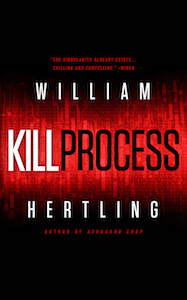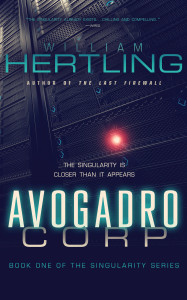Hot-Spots, Robots, and 3D Printers:
Libraries’ Role in Bridging the Knowledge Divide
Andrea Sáenz, Chicago Public Library
@chipublib
@andreakalinka
- Libraries are used and valued more than ever
-
- 95% believe important role in person’s chance of success
- 95% believe promote literacy
- Libraries have a hard-earned public trust that allows them to work with communities to work on issues like economic issues, cultural awareness, etc.
- Chicago library system
-
- 80 public libraries across Chicago
- a million unique web visitors every month
- 3,000 public access computers. for many people, the library is the only place they can get online. about 3 million users a year.
- about 10 million visitors a year
- 0-5 population
-
- the way kids learn and prepare for school is when adults talk, sing, read, write, and play with them.
- STEAM for all. Science, Technology, Electronics, Arts, and Math
-
- It’s really about creativity and problem solving.
- If this kind of learning is what’s important, then it needs to be accessible to every single person in our community.
- Lots of libraries do the summer reading challenges. We’ve now expanded on that to make a summer STEAM challenge.
-
- hydroponic garden
- 300 minutes of reading
- science projects
- No one has to come to the library. No one is taking attendance. So we have to make it fun.
-
- reptile workshops, explosion workshops
- The Finch: a robot designed for computer science education
-
- make it so you can check out the robot for 3 weeks, just like a library book.
- For teenagers, want to make interesting and accessible to thm.
-
- 3d printers
- littlebits.cc
- For grownups too
-
- want to make accessible
- finch robots: get through obstacle course.
- make learning playful for all people, including adults
- Supporting teens and college students
-
- we let them hangout.
- we let them bring food into the library — turns out this is a really big deal.
- we bring mentors in
- Digital Inclusion
-
- innovation lab
-
- a place for us to test new technology, services, etc.
- first project we put was meant to be a six month project.
- a maker space: milling machines, 3d printers, etc.
- we started off with two classes a day.
- we’ve served 10,000 people since we started.
- 70% are women. focus is on access for all. if everyone is not participating, then we’re missing out on a lot of brilliant people and their ideas.
- we wanted a balance between digital crafting and making: one class on designing something digitally, and the next on making origami. blending learning has opened the door to much more diverse participation.
- open shop: whenever class is not in session.
- usually have 3 staff/volunteers in the room.
- people come in: I’ve never used a computer before, but I want to make these earrings for my girlfriend.
- we have wonderfully patient, nonjudgmental helpers.
- as result of six month experiment, demand is so high.
- local company donated the funds to keep it open for another year.
- Broadband use:
-
- some communities have 80% or more broadband at home, but many others are 24% to 54%
- many neighborhoods are well below the national averages
- broadband access map is often a proxy for so many other things: crime, poverty, etc.
- imagine all the things you do in a day that require internet access, and how would you function without that? how would you be aware of anything?
- many people who come in to use public access computers have never used a computer before. they’re left out of everything: online commerce, social functions, jobs, news.
- so we really want to help these people make a connection. the first step was teaching people how to use a computer at the most basic level.
- you can’t even apply for a job at mcdonalds or walmart without filling out an online form.
- cyber navigators…help people get online.
- imagine if you’ve never used a mouse, or a keyboard, or a computer in any way, and now you’re unemployed for the first time in ten years, and the only way you apply for a job is with a computer. obamacare, social security benefits. it’s all online.
- 15% of americans have never used a computer.
- at first, cyber navigators were totally ad-hoc.
- got some of the best cyber navigators together.
- was there a curriculum that could help?
- we tested many
- we’re trying to refine and create now.
- we want to find a blended approach: some human intervention with some computer curriculum. because one cyber navigation to one person doesn’t quite scale to the number of people that need help.
- Decided to dip toe into providing internet access to people.
-
- We decided to lend out wifi hotspots to people. checkout a hotspot for 3 weeks. you get to be online for 3 weeks, and then you bring it back, and the next person gets to use it.
- we’ll also loan out a limited number of chrome books and microsoft slates.
- but we also know that people have smartphones, but no plan to use them.
- Peer learning circles
-
- not a new idea
- often require too much facilitation and expense to make work
- we’re trying a new system out…trying to bring it into the library.
- try first to build a human bond between those taking the class.
- peers that hold them accountable.
- Two GED math classes.
- facilitation will help them complete at a higher rate, and get more out of the class.
- Two python programming classes.





